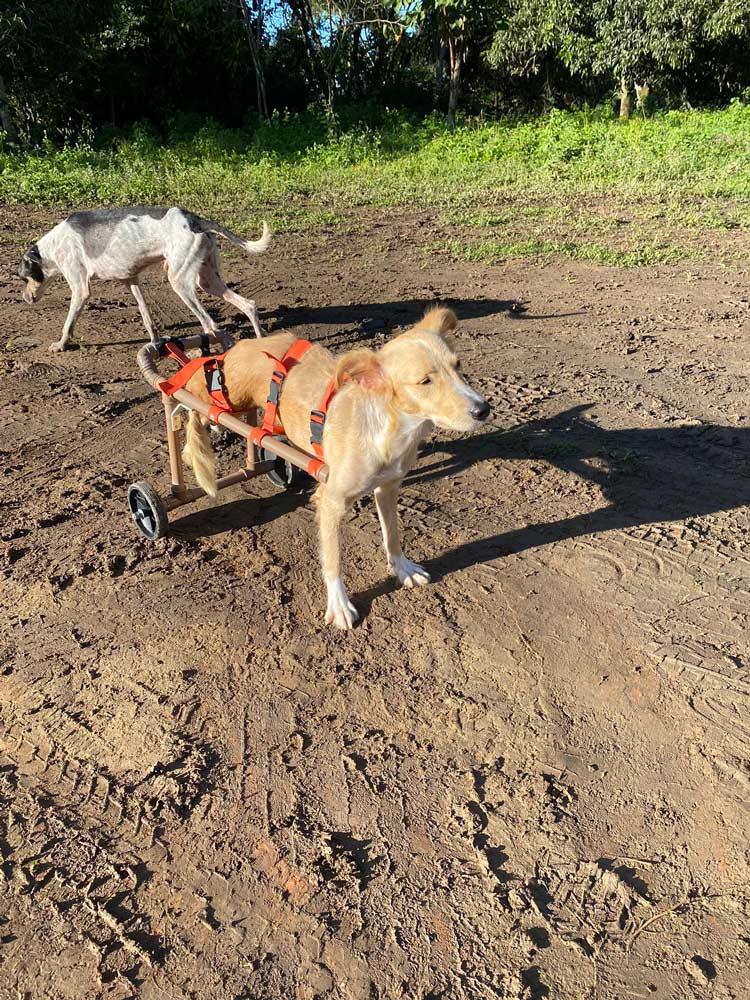It concerns genes, living organisms and ecosystems. Human beings are part of it. Preserving nature and its biodiversity has become one of the major concerns of current development.
We now know that all living organisms are closely interdependent, each dependent on the others in the great web of life: the disappearance of one animal or plant species means the disappearance of the other organisms linked to it.
Today, man is primarily responsible for upsetting the natural balance. By devastating meadows and forests or draining marshes, we are degrading sites that are home to large numbers of plants and animals.
The survival of human beings depends on the biodiversity of which they are a part: it is up to each and every one of us to pollute less, to respect all forms of life, plant and animal, and to ensure their survival.







